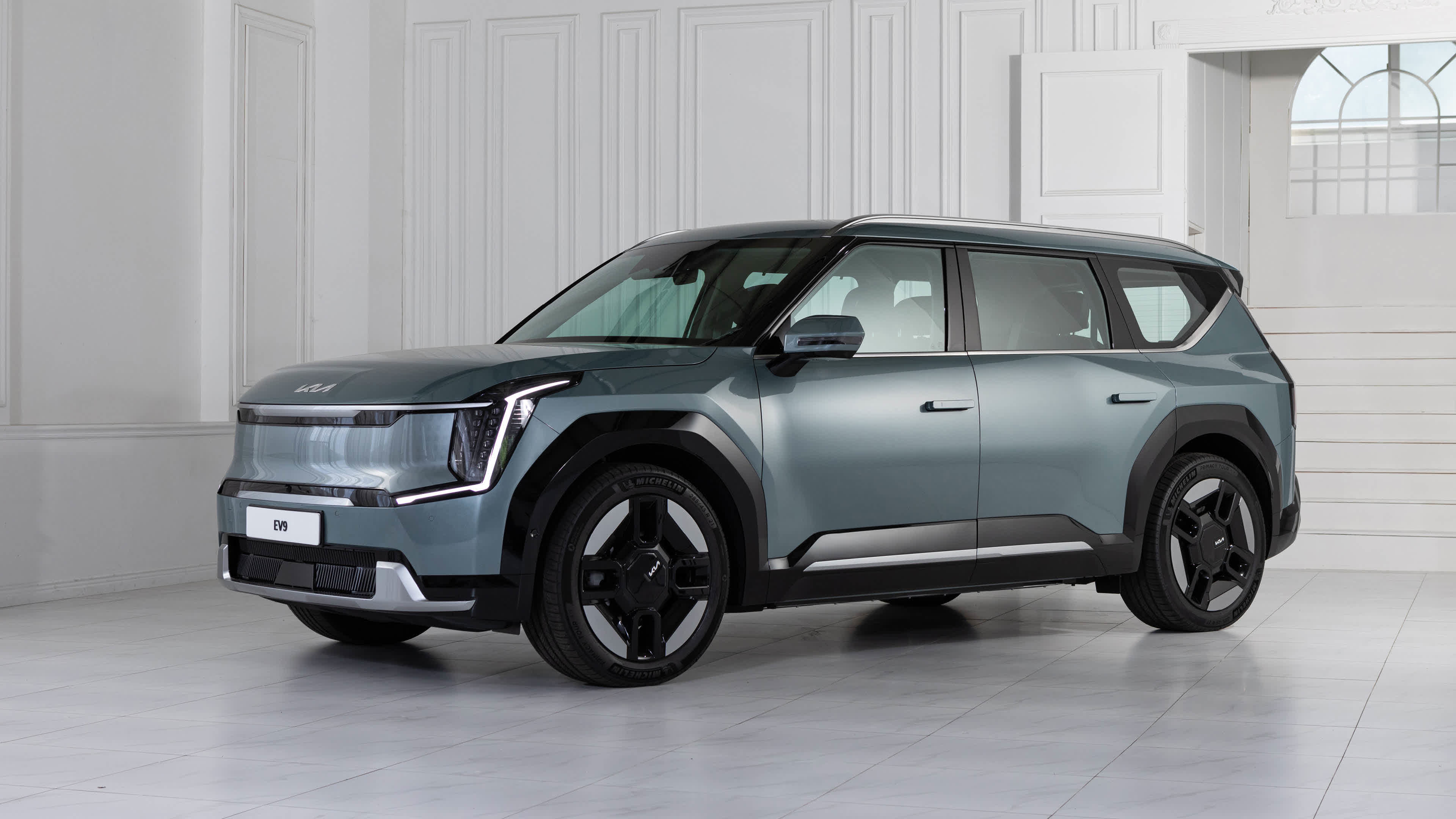Forward-looking: There’s no doubt we’re now surrounded by touchscreens everywhere, including in our vehicles. While these displays have enabled automakers to integrate more high-tech features, the over-reliance on screen controls has revealed significant safety drawbacks. Fortunately, some automakers are starting to think outside the box… or rather, outside the dashboard.
A new concept from Hyundai’s parts division, Hyundai Mobis, developed in partnership with optics specialists Zeiss, aims to transform your entire windshield into one massive display. Dubbed the “Holographic Windshield Display,” it takes the modest head-up displays we’ve seen for decades and dramatically expands their scope.
Rather than just projecting basic information like speed or turn-based directions onto a small part of the windshield, this system envisions menus, apps, videos, and even games spanning the full width of the glass in front of you.
In the concept render shown, there’s no central touchscreen – everything is displayed on the windshield. This suggests that voice and gesture controls will likely be the primary input methods, since you can’t exactly reach out and touch your windshield.

Mobis describes the technology as “navigation and driving information unfolding like a panorama across the wide, transparent windshield” in its press release. Meanwhile, passengers could watch movies or video call friends, who appear as holograms on the glass.
To prevent distractions, what’s displayed to the driver would differ from what passengers see. For example, the driver may only see directions and essential info, while passengers could binge-watch their favorite shows.
As for how the technology works, the core innovation is a transparent, razor-thin film coating on the windshield that enables holographic visuals. The film, which is less than 100 micrometers thick (about the width of a human hair), uses photochemical properties to create patterns from the projector’s light, rendering videos and images.
Zeiss’s role in the partnership involves supplying the specialized holographic technology, with its expertise in precision optics playing a key part.
Hyundai and Zeiss report that prototype demos are already happening behind closed doors, and the system is targeted for production as soon as 2027. In just a few years, we could move from screen fatigue to having our entire windshields become infotainment displays. The only remaining question is whether this will improve or hinder driver attentiveness.

